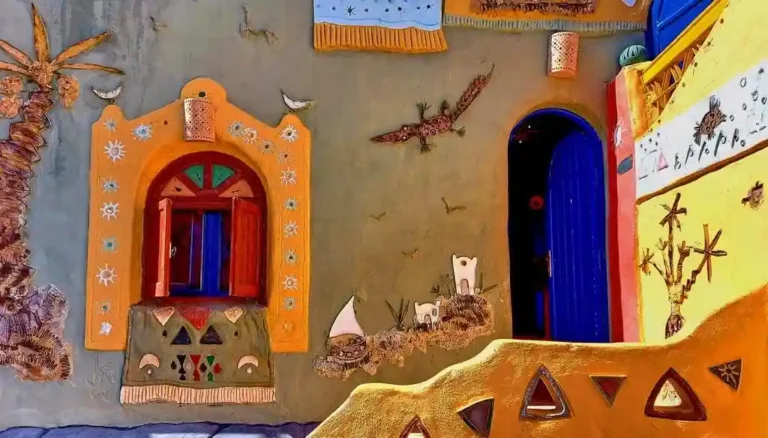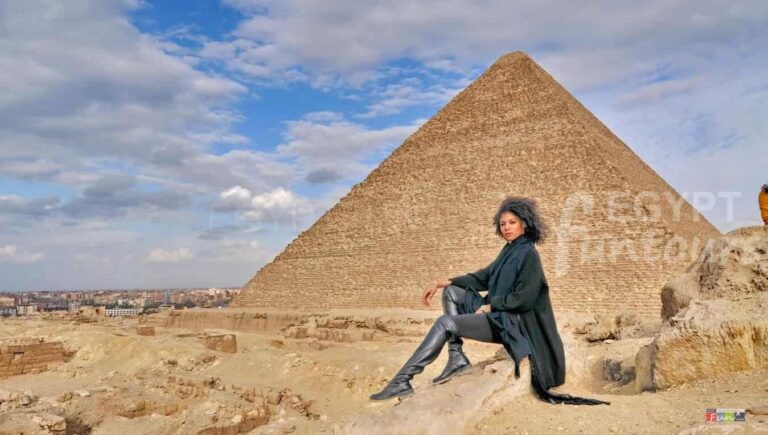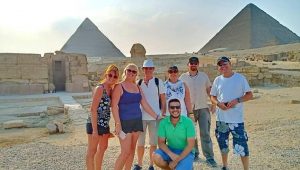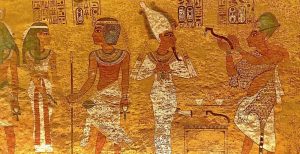Alexandria National Museum: A Journey Through Time
The National Museum of Alexandria, originally a palace, once served as a gathering place for Alexandria’s royalty and merchant elite. The museum now guides visitors through the city’s rich history, with exhibits arranged on three levels. The basement houses Pharaonic artifacts, the ground floor features Graeco-Roman treasures, and the first floor showcases relics from Egypt’s Coptic Christian and Islamic heritage. It also offers a glimpse into the valuables that King Farouk’s family left behind before the 1952 revolution.

























